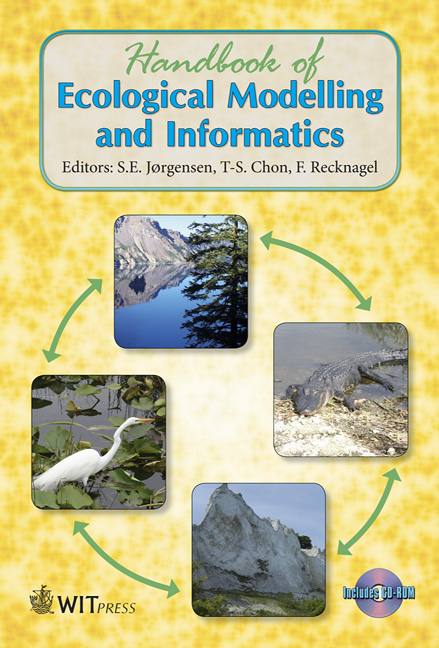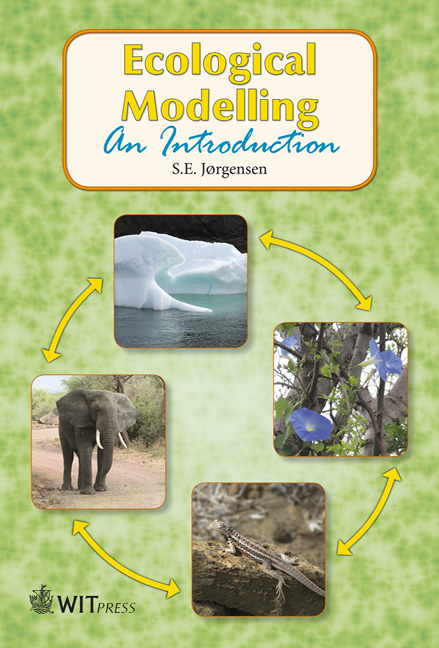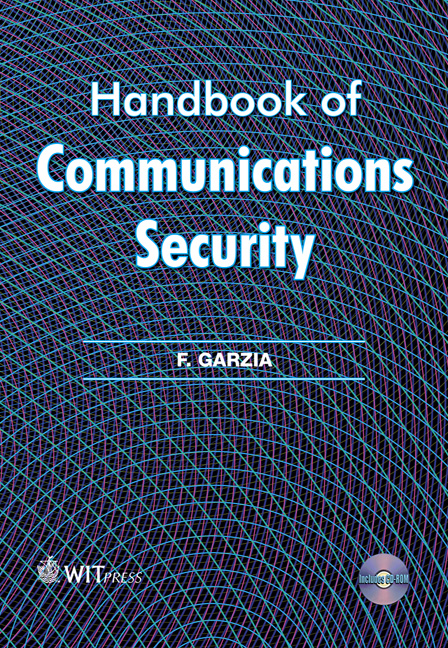Handbook of Ecological Modelling and Informatics
Edited By: S.E. Jørgensen, The University of Pharmaceutical Science, Denmark, T-S. Chon, Pusan National University, Korea and F.A. Recknagel, University of Adelaide, Australia
Price
$386.00 (free shipping)
ISBN
978-1-84564-207-5
eISBN
978-1-84564-342-3
Pages
448 + CD
Transaction Series
WIT Transactions on State-of-the-art in Science and Engineering
Transaction Volume
34
Published
2009
Format
Hardback
During the last two decades the development in computer technology has been enormous. This development has of course also influenced the development of ecological models; the models of today are much larger. For instance 3D-models that were hardly used twenty years ago due to the required computer time are generally in use to day. Models considering the spatial distribution are now regularly used whenever a spatial distribution is of importance for the modelling results; it was impossible to run most spatial distribution models on personal computers twenty years ago. As a result, several new model types have emerged, and they are able to solve modeling problems formulated in the 1970s.
Ecological modelling and informatics are two very recent sub-disciplines of ecology. They have opened-up a number of new possibilities for synthesizing and quantifying knowledge in ecology, which is urgently needed in modern environmental management. With the ecological crisis that can be foreseen in the 21st century due to a rapidly expanding population in many countries, rapidly decreasing natural resources in all countries and significant global climate changes, there will be a growing need for ecological modelling and informatics. This handbook will contribute to wider development and application of quantitative ecological approaches, and gives an overview of all modelling types and network calculations that are in use today. The CD included with the book shows 12 different models/network calculations to illustrate the various types and also three softwares that make it possible to develop your own models. With the book in hand, the user has an excellent tool to understand what the various model types/network calculations can do and when to use which type as a tool to solve a specific problem. The CD with diagrams makes the tool unique and particularly illustrative.







